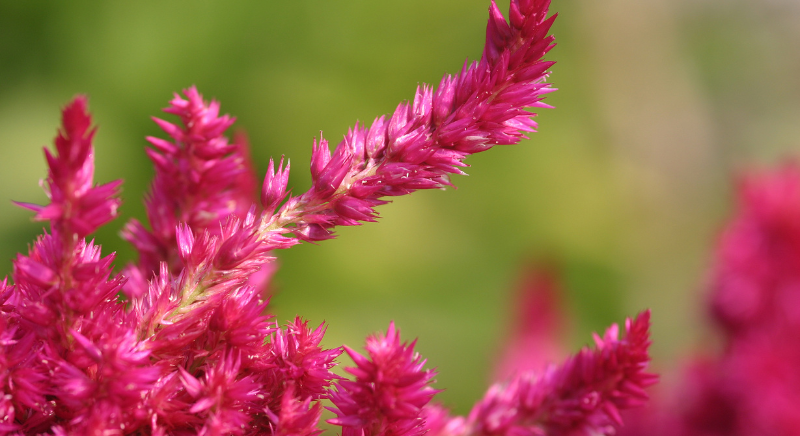
Best Practices Landscapers Follow To Protect Our Earth
All businesses (as well as individuals) have a daily impact on the world around them in some way. Those aware of our impact take steps to reduce any negative impact on the environment as best we can. In the world of landscaping, sustainability is even more top of mind.
Sustainable landscaping practices reduce our carbon footprint and directly impact the local environment.
That’s why Shinto Landscaping has developed a well-thought-out and researched plan to contribute positively to the environment and reduce any negative impact.
Overview of Shinto’s Sustainable Landscaping Manifesto:
Sustainable Landscaping starts with good design. Good landscaping design is subjective and hinges upon the climate, space limitations, and goals. An experienced landscaping team will also develop a plan that works hand-in-hand with sustainability objectives that benefit the world around your business.
- Plant selection matters. It’s always best practice to choose native and adapted plant species. They will be resilient in their natural environment, which will improve aesthetics, but even more importantly, these native plants will be more resistant to most diseases and require less watering. Water usage is critical in drought or water shortage, but water conservation should be a top-of-mind consideration even outside of those periods.
- Plant grouping impacts water requirements. Of course, aesthetics are a key objective for plant grouping, but proper placement will allow plants to thrive again with more efficient use of the precious resource – water.
- Best practices are only effective with a solid maintenance plan. Sustainable landscaping should be baked into the long-term maintenance plan as well.
- Arbor care, with a purpose wins the game. Strategic pruning can improve the tree’s health, reduce the risk of failure, control growth, enhance fruiting, and keep up good appearances. Proper timing is essential, making sure to avoid waiting until the point of overgrowth and understanding the unique tree’s unique needs.
- Fertilizing with a purpose. Fertilizing is not just about the right chemicals; one must be mindful of its application. Sustainable landscaping will use testing mechanisms to determine that fertilization is necessary and then follow the best practices and regulations in place to ensure the environment is protected.
- Mowing best practices for the Florida lawn. Mowing, done the right way, increases turf density and root health, as well as reduces the appearance of weeds. When the turf’s density is optimal, it will stymie stormwater runoff. Maintaining a healthy root system ensures that water and nutrients are absorbed and not wasted. The result is fewer turf weeds, which translates into fewer herbicides.
Special Consideration for Florida’s Water In Florida, and most everywhere, special care must be given to the water table. The protection of water resources is enhanced through sustainable landscaping practices that couple technology with regulation to protect water resources where pesticides and nutrients enter groundwater and surface water. In fact, Florida’s state government is currently pushing for tighter regulations to protect Florida’s freshwater supply from chemicals that can easily run off into the water system and cause severe damage like Red Tide and Blue Algae.

